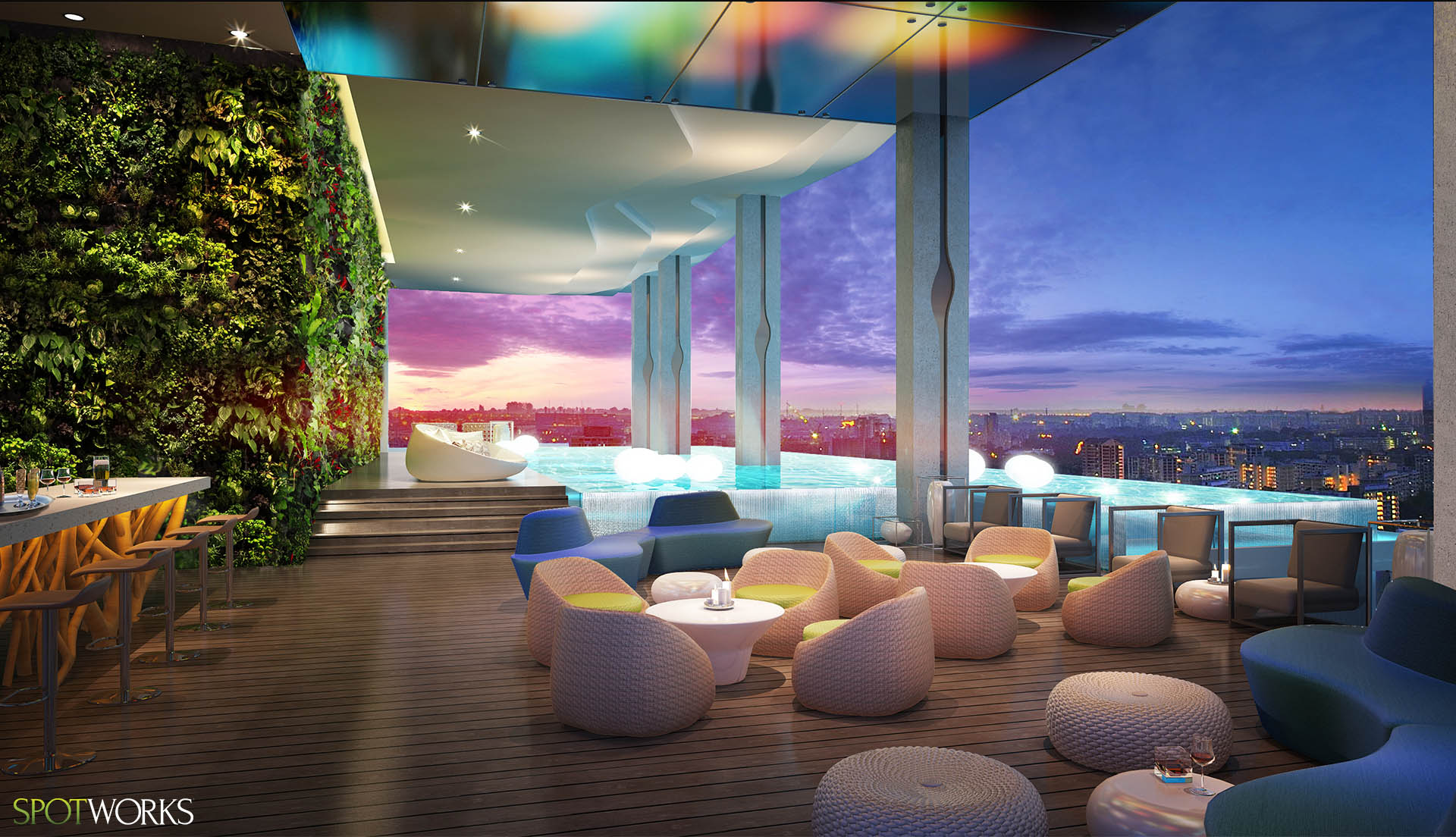Why should we learn 3D rendering?
One of the most acquired skills of today is 3D rendering. From construction to entertainment, 3D rendering skills are highly appreciated and valued now because of the benefits of using this tool in various industries. That’s why so many people want to learn 3D rendering and the rendering techniques now.
3D rendering often use in creating the image of three-dimensional data stored on the computer. Also, we use to design to be as realistic as photograph or painting or can be abstract. However, unlike photography, everything is imaginary and you have to create a scene from the imaginary.
The technology of shading and rendering was introduced by venerable designer William Fetter in the 1960s, who tried to design a new process to increase the efficiency of the layout inside an airplane cockpit. Nowadays, we can easily use product visualization to draft the plane model.
Over the years, 3D rendering has been developed to increase the complexity of the scene. The programmers named it by other names such as “Gouraud Shading Model”, “Phong Rendering” and later on “Ray Tracing” name by their developers until it’s called “3D rendering”.
Learning 3D Rendering is a trend now
With 3D rendering, you can stimulate your creative horizons with motion, animation, and depth.
Over the years, organizations have realized that the use of 3D rendering adds significant value to their presentations and other marketing campaigns, generating significant sales volumes for their products and services. You can present your project/product in an exciting or attractive way. In 3D rendering, giving you an edge over the old media. Realistic views of 3D rendering play an important role in real estate sales too. Learn more 3D rendering knowledge is a good choice for now. It will be very useful for the future.
Factors affect quality of rendering
3D Rendering is a great way to promote your products or ideas and offer your potential customers a visual idea. Therefore, it is important to know how to get a good rendering. Here are the few things you need to learn about 3D rendering.
Texture
A method by which you add details, the level of reflexivity, specifying the color, and even the degree of irregularities in the scene. With textures, 3D models can look much more detailed and realistic than they would otherwise be. A good rendering designer will choose the most suitable material for the 3D model.
Lighting
This is an important aspect of the scene configuration that gives a realistic look. It is a process by which lightning sources is created to the environment, shadows, glow, reflection and shade. Light effects can immensely contribute to the mood and emotional response of the scene and are difficult to control.
Good lighting means everything in the scene is well lit, so you can see all the very bit details. This is kind of the most important step when you learn 3D rendering.
Transparency
Transparency and breakage of light in transparent material are the most important parameters for achieving a realistic display of materials such as solid glass.By creating your realistic photographic scene, you can easily see the shadows through its elements.
Getting the right angle
The right angle is one of the most important factors for consideration; you have to make sure that important views are visible on the scene and not distorted. Also, please do not ignore this step when you learn 3D rendering. Angle will decide the quality of your rendering.
The Balance Of Entourage
To create a realistic view, you have to fill your scene with people, cars, landscapes, and so on. The trick is to find the right balance between the elements and avoid objects that show unusual look or too detailed, no matter how attractive they may look.









